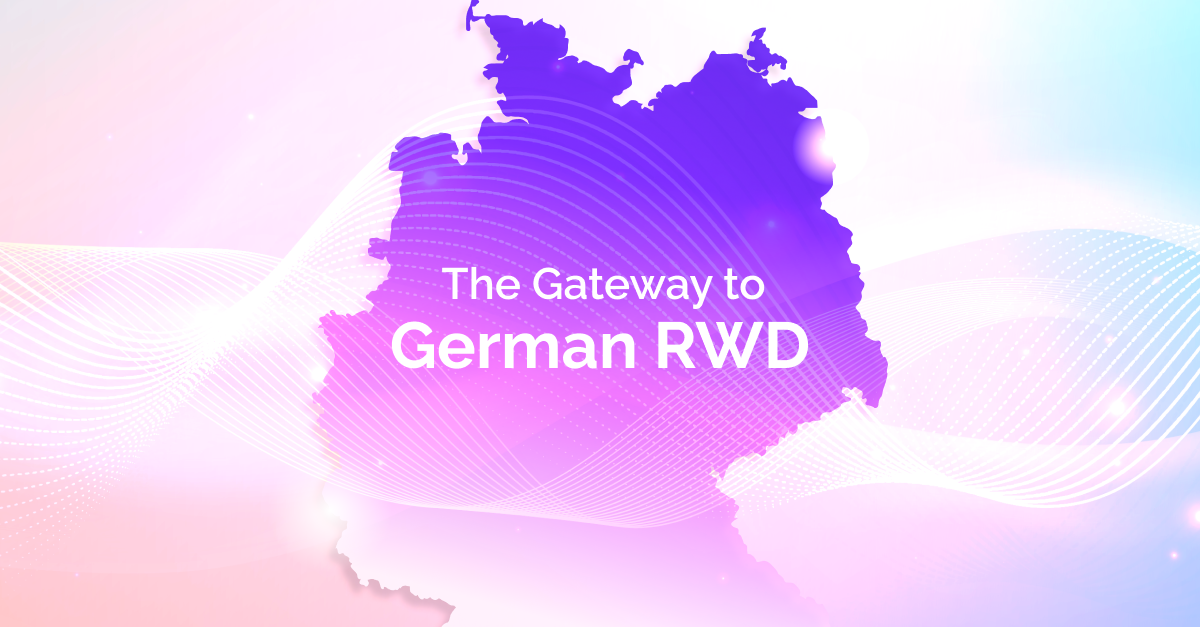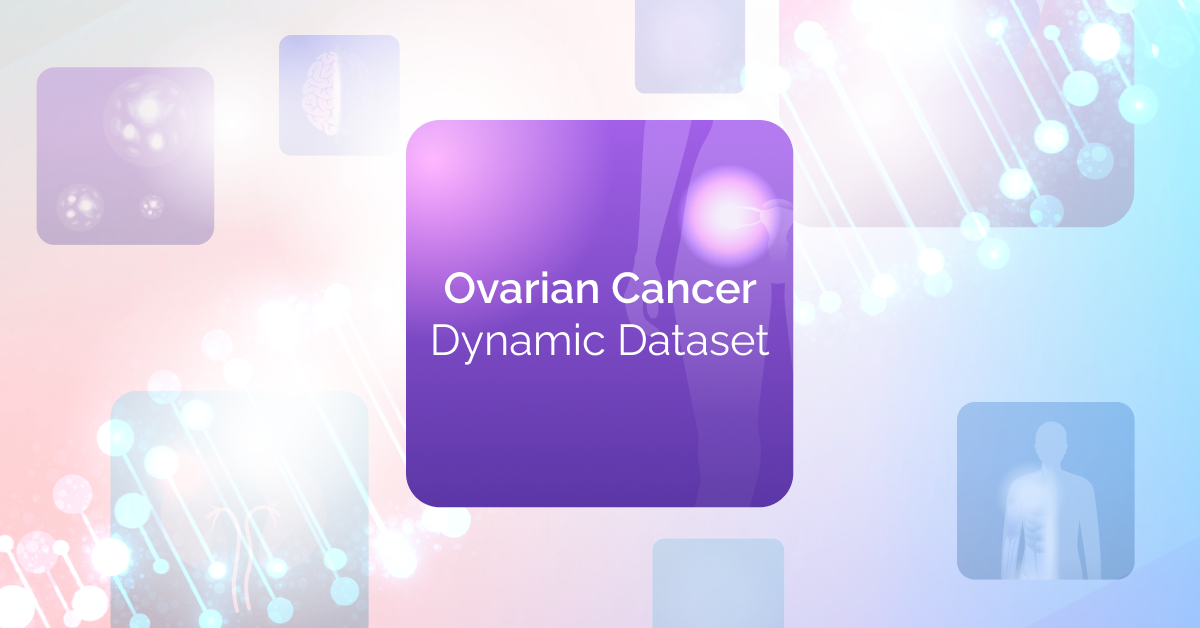The U.S. Food and Drug Administration (FDA) has recently released final guidance on the use of Real-World Data (RWD) in regulatory decision-making for drug and biological products. This landmark document, focusing on electronic health records (EHRs) and medical claims data, marks a significant step forward in the healthcare industry’s approach to drug development and approval processes.
Key Aspects of the FDA Guidance:
-
Data Quality and Integrity:
The FDA emphasizes the importance of ensuring the quality and integrity of EHR and claims data. This focus underscores the need for advanced data standardization and de-identification processes to ensure that shared data is accurate, reliable, and compliant with regulatory requirements.
-
Interoperability:
The guidance highlights the need for interoperable data systems. This points to the growing importance of seamlessly integrating data from diverse sources and standardizing it into formats like FHIR/OMOP for regulatory submissions and cross-system analysis.
-
Privacy and Security:
With patient privacy at the forefront, the FDA guidelines underscore the importance of data protection. This reinforces the need for multi-layered security approaches in healthcare data management.
-
Real-Time Data Access:
The ability to access up-to-date patient data is crucial for meaningful Real-World Evidence (RWE) studies. The FDA’s vision emphasizes timely and accurate data analysis.
-
Collaborative Research:
The guidance implicitly supports collaborative research efforts, encouraging comprehensive studies that involve multiple stakeholders in the healthcare ecosystem.
As stated in the guidance:
“FDA recommends addressing the comprehensiveness of the data sources in capturing aspects of care and outcomes that are relevant to the study question. This information will help evaluate the likelihood that all exposures and outcomes of interest will be captured for regulatory decision-making.” (Page 6)
This quote highlights the importance of comprehensive data capture in RWD studies, ensuring that all relevant aspects of patient care are considered.
The FDA also notes:
“Data linkages can be used to increase the amount of data available to capture the longitudinal patient journey, increase the amount of data available on individual patients, and provide additional data for validation purposes.” (Page 7)
This emphasizes the value of data linkage in providing a more complete picture of patient health over time.
Implications for the Healthcare Industry:
These guidelines represent a significant step forward in recognizing the value of RWD in drug development and approval processes. They present opportunities for:
- Accelerating medical research by leveraging real-world patient data.
- Improving patient care through more comprehensive understanding of treatment outcomes.
- Bringing life-saving treatments to market more efficiently.
- Enhancing collaboration between healthcare providers, pharmaceutical companies, and researchers.
Briya’s Approach in Light of the New Guidelines:
In the context of these new FDA guidelines, Briya continues to provide a platform that aligns with regulatory expectations. Briya’s platform, for instance, addresses several key aspects of the guidance:
- Comprehensive Data Capture: Briya’s solutions are designed to capture a wide range of data types, from structured EHR data to unstructured clinical notes, providing a holistic view of patient health journeys.
- Interoperability: The platform integrates data from diverse sources and standardizes it into formats like FHIR/OMOP, facilitating regulatory submissions and cross-system analysis.
- Data Quality and Security: Advanced data standardization, de-identification processes, and ISO 27001 certification ensure that shared data meets high standards of quality and security.
- Real-Time Insights: The platform provides real-time data access, aligning with the FDA’s emphasis on timely and accurate data for decision-making.
- Collaborative Research: Secure research rooms and data sharing mechanisms enable collaborative studies while maintaining high standards of data privacy.
Looking Ahead:
As the healthcare industry adapts to these new guidelines, we can expect to see increased focus on:
- Development of advanced data standardization and integration technologies.
- Enhanced data privacy and security measures.
- Improved real-time data access and analysis capabilities.
- More collaborative research initiatives involving multiple stakeholders.
These advancements, whether from Briya or other innovators in the field, will be crucial in unlocking the full potential of RWD, driving forward the boundaries of medical research, and ultimately improving patient outcomes worldwide. As we move into this new era of data-driven healthcare innovation, it’s clear that the landscape of medical research and drug development is set to transform significantly.




